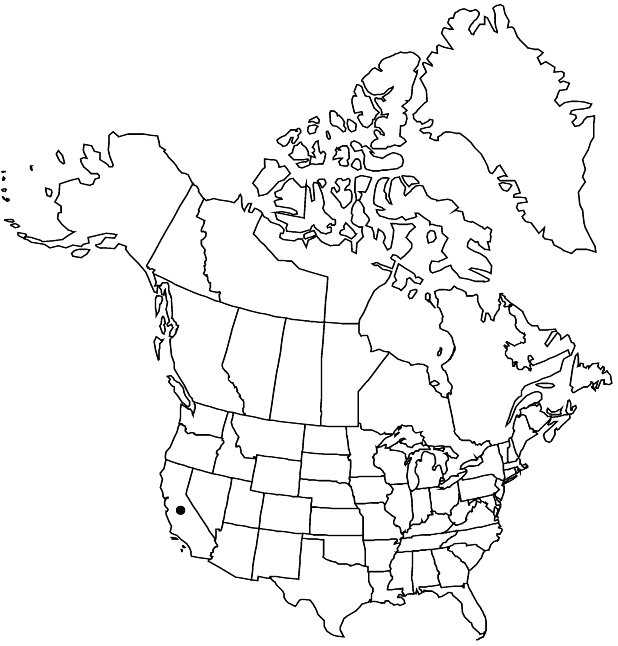Difference between revisions of "Heuchera elegans"
Bull. S. Calif. Acad. Sci. 1: 67. 1902 ,.
FNA>Volume Importer |
FNA>Volume Importer |
||
| Line 47: | Line 47: | ||
|publication year= | |publication year= | ||
|special status= | |special status= | ||
| − | |source xml=https://jpend@bitbucket.org/aafc-mbb/fna-data-curation.git/src/ | + | |source xml=https://jpend@bitbucket.org/aafc-mbb/fna-data-curation.git/src/f6b125a955440c0872999024f038d74684f65921/coarse_grained_fna_xml/V8/V8_195.xml |
|genus=Heuchera | |genus=Heuchera | ||
|species=Heuchera elegans | |species=Heuchera elegans | ||
Revision as of 21:28, 24 September 2019
Herbs subcaulescent; caudex branched. Flowering stems 10–40 cm, sparsely medium stipitate-glandular. Leaves: petiole long stipitate-glandular; blade reniform or orbiculate, shallowly 5-lobed, 1.5–3.5 cm, base cordate or truncate, lobes rounded, margins dentate, apex obtuse, surfaces short or long stipitate-glandular. Inflorescenses dense. Flowers: hypanthium strongly bilaterally symmetric, free 3–3.5 mm on adaxial side, pink to purplish, narrowly cylindric or cylindric-urceolate, 4–7 mm, short stipitate-glandular proximally, densely long stipitate-glandular distally; sepals spreading, green-tipped, unequal, 2 mm on adaxial side of hypanthium, apex obtuse or rounded; petals spreading, white, broadly oblanceolate, (clawed), unlobed, 3–4 mm (longer than sepals), margins entire; stamens included 0.5 mm to exserted 0.5 mm; styles included to 2 mm, 1.5–2 mm, 0.1+ mm diam. Capsules urceolate, 4–6 mm, beaks divergent, not papillose. Seeds dark brown, ellipsoid, 0.7 mm.
Phenology: Flowering May–Jun.
Habitat: Rocky sites in yellow pine and red fir forests
Elevation: 1500-2600 m
Discussion
Heuchera elegans occurs in the mountains of southern California, chiefly in the San Gabriel Range in Los Angeles and San Bernardino counties and vicinity. It resembles H. caespitosa. This group is in need of phylogenetic study.
Selected References
None.
